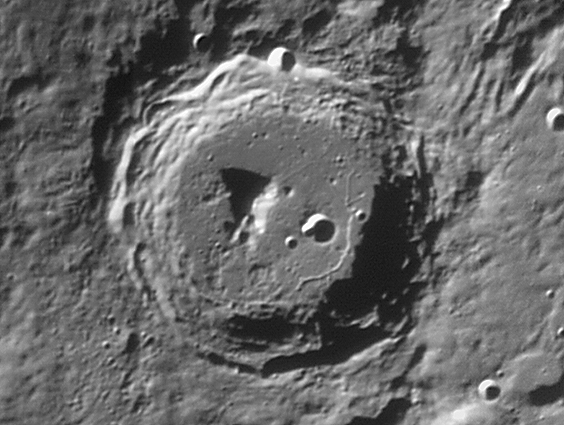Difference between revisions of "March 29, 2004"
| (One intermediate revision by the same user not shown) | |||
| Line 1: | Line 1: | ||
__NOTOC__ | __NOTOC__ | ||
=Hoover Dam (and Surroundings)= | =Hoover Dam (and Surroundings)= | ||
| + | <!-- Start of content --> | ||
<table width="640" border="0" align="center" cellpadding="6" cellspacing="2"> | <table width="640" border="0" align="center" cellpadding="6" cellspacing="2"> | ||
<tr> | <tr> | ||
| Line 57: | Line 58: | ||
</table> | </table> | ||
<p> </p> | <p> </p> | ||
| − | + | <!-- End of content --> | |
| − | + | {{wiki/ArticleFooter}} | |
| − | |||
| − | |||
| − | <!-- | ||
| − | |||
| − | |||
| − | |||
| − | |||
| − | |||
| − | |||
| − | |||
Latest revision as of 18:14, 7 February 2015
Hoover Dam (and Surroundings)
Image Credit: Stephen Keene |
|
Hoover Dam (and Surroundings) The 97 km wide crater Arzachel is often overlooked, being near the superstars of Alphonsus and Ptolemaeus. But Steve Keene became fascinated with Arzachel early in March and, despite average seeing, acquired this fine image. Noticing the two lines of small mounds between the central peak and the crater to the east, Steve commented that it looks like a runway. He also said that the side of the central peak facing the runway looks carved out the face of the mountain so it has an arched surface like Hoover Dam. Comparing Steve's image with the higher Sun Lunar Orbiter IV one linked to below shows that Steve caught nearly all the details seen from orbit. Notice especially the thin rilles north and northeast of the central peaks. Another intriguing feature that I didn't see at first is the patch of smooth crater floor just north of the peak's shadow. This area lacks the small bumps and pits that characterize most of the floor. It seems to be a younger, uncratered surface. Could it be young volcanism (but its not dark at full Moon) or is there a better explanation? Technical Details: Related Links: Yesterday's LPOD: A Quadrant of Elger Tomorrow's LPOD: Silicic Domes? |
|
Author & Editor: |
COMMENTS?
Register, Log in, and join in the comments.




